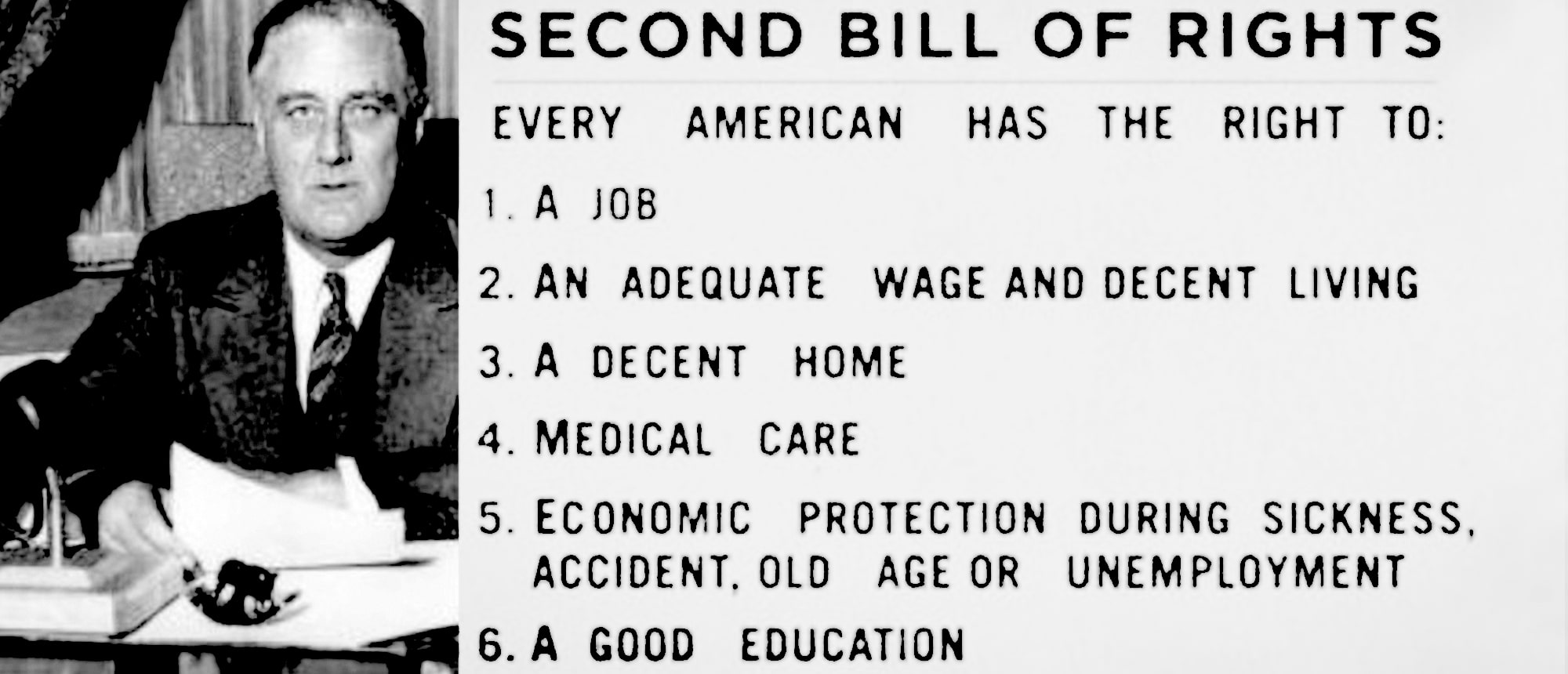(ThyBlackMan.com) Being self-employed has many advantages, from flexible working hours to not answering to a superior. Nevertheless, working alone comes with a particular set of obligations. Paying quarterly taxes is one of the main duties independent contractors, such as freelancers, must perform. One should take into account income tax brackets too, when making tax payments. Utilize a dependable quarterly tax calculator to calculate and pay your taxes on time each quarter without adding to your financial management’s workload.
How do quarterly taxes work?
Taxes for each quarter are also known as estimated taxes. You must pay a specific kind of tax each year before filing your tax returns. The pay-as-you-go system governs estimated taxes. This implies that you are obligated to pay taxes all year long. Eligible taxpayers make a portion of their yearly estimated income tax payments every quarter. The payments are typically estimated as a result of this.
Social Security, Medicare, and federal income tax will all be covered by the regular tax payments. As a result, understanding the distribution of self-employment and income taxes on a quarterly basis is crucial. The same income tax rates that apply to people who are employed will apply. However, the self-employment tax is roughly 15.3% percent. It will contribute to Social Security payments (2.9%) and medical expenses (12.4 percent).
Quarterly Estimated Tax Payment Requirement
Pay-as-you-go is the principle employed by the American tax system for income tax. The current system requires taxpayers to pay taxes as they get income. Therefore, the government may levy taxes on W-2 employees through specified withholdings and on self-employed individuals or independent contractors through quarterly tax payments. Your taxes won’t be deducted from your paychecks if you operate as a freelancer or contractor alone. A freelancer vs self employed person does differ in that not every self-employed person is a freelancer, but both need to pay their taxes. The IRS continues to collect income taxes along with quarterly tax payments as a result.
Here are some crucial principles to consider when deciding whether or not to ensure quarter tax payments for a taxpayer:
When submitting the return for 2022, you anticipate owing over $1,000 (post-tax credits).
You forecast that the tax deductions and credits will cover all of the months of the given year and will be less than 90% of the anticipated tax liability for 2022 or 100% for 2021.
If you are married and filing separately, the minimum is 110 percent if your AGI, or adjusted gross income, is between $150,000 and $75,000. Farmers and fishermen are exempt from the aforementioned rule. When you work in one of the two professions and make about 66.6 percent of your income from trading, you just have to pay the appropriate portion of your total tax obligation.
Although it may seem scary to pay taxes on a quarterly basis as a self-employed person, doing so could save you from having to pay a sizable sum at tax time. Additionally, paying taxes as a freelancer or contractor on a quarterly basis will make the entire tax payment process very manageable all year long.

To determine your quarterly tax, use this federal income tax calculator:
You Owe Quarterly Taxes, right?
You most likely owe anticipated or quarterly taxes if you work for yourself, are a freelancer or contractor, or operate a small business. Independent contractors frequently have the following characteristics:
-One-person businesses
-Unaffiliated businesses
-Freelancers
-Proprietors of small businesses who work full- or part-time
-Participants in a corporate partnership, such as an LLC
In addition to financial rules, there are special employment-specific rules for estimated taxes. When submitting your return, the IRS will only ask you to make estimated tax payments if your debt is $1,000 or more. The minimum quarterly tax for corporations is therefore reduced to $500. If the individual’s net earnings exceed $400, the IRS will nevertheless request the self-employment tax.
You won’t be needed to make quarterly payments if you are already making a sizable payment total throughout the year. For instance, those who receive a W2 job in addition to their 1099 income may already be paying enough taxes from their full-time W2 work in this 1099 vs W2 showdown.
Paying taxes quarterly
When you learn that estimated tax payments are required, you should first use Schedule C from Form 1040 to calculate your debt. The Schedule C-EZ must be filed, though, if the total net earnings are less than $5,000. To calculate the overall net profit or loss, either form may be utilized.
You can then figure out how much self-employment tax you must pay for the specific year using the number that follows on Form 1040. When you and the other self-employed person file a joint income tax return, you should each determine your respective incomes. In order to compute the correct amount while adhering to the relevant IRS requirements, it is advised that you engage a seasoned tax professional or service provider.
Here are the actions to take in order to ensure quarterly tax payments:
Make sure the payment is made electronically using the mail-in vouchers from the Electronic Federal Tax Payment System contained on Form 1040 SE.
You are required to make your first payment by
Staff Writer; Greg Jackson




















Leave a Reply